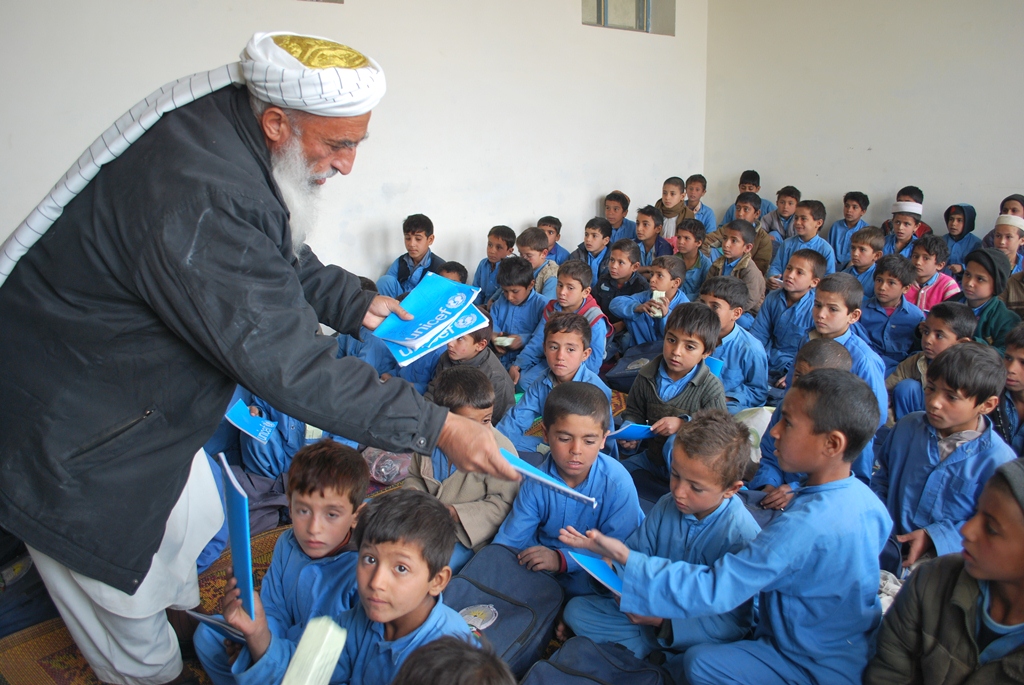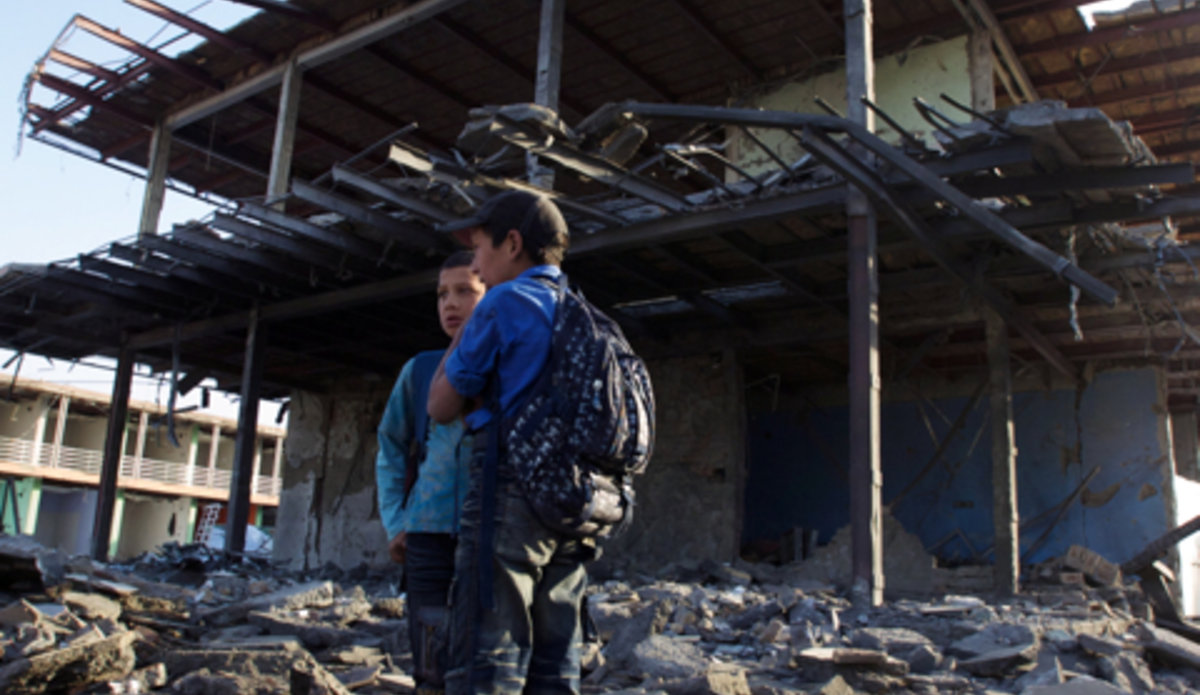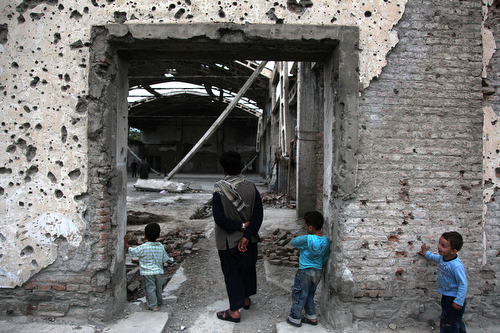Child casualties in Afghans conflict increased by 30 per cent last year – UN report
KABUL - The number of children killed or injured in Afghanistan’s armed conflict increased by 30 per cent last year compared to 2012, with armed opposition groups responsible for the majority of the casualties, according to the latest report of the United Nations Secretary-General, Ban Ki-moon, on children and armed conflict.
The 50-page report, which highlights global trends regarding the impact of armed conflict on children in 2013 and the progress made in protecting children in conflict situations, said at least 545 children were killed and 1,149 injured in 790 documented incidents throughout Afghanistan.
The report has named the Taliban and Hizb-e-Islami among the armed opposition groups responsible for causing child casualties.
“The use of improvised explosive devices (IEDs) and suicide attacks, including by boys in at least two instances, resulted in the killing of 229 children and injury to 396 others,” stated the report, which has also documented child casualties caused by pro-Government forces, including international military forces.
It said pro-Government forces were responsible for the killing of at least 81 children and injury to 125 others, “mainly resulting from clashes with armed groups.” Thirty-seven children were killed and 19 others were injured in international military air strikes, while the killing of two children was among 59 civilian casualties resulting from drone strikes.
The report added that “it was not possible to verify a perpetrator” in cases of the killing of 167 children and the wounding of another 432 as a result of clashes between pro-Government forces and armed groups, including by gun shots and artillery and mortar shelling.
The Secretary-General has encouraged the Afghan Government “to redouble its efforts” and expedite the implementation of the Action Plan to prevent underage recruitment, signed by the Government and the UN in 2011 and which sets out a range of activities that the Government will undertake, including the investigation and prosecution of perpetrators of under-age recruitment and sexual violence – in line with a 15-point ‘road-map towards compliance,’ which was prepared last year with support of the UN.
In May this year, the UN Assistance Mission in Afghanistan (UNAMA) launched a booklet on the obligations of all parties to the country’s armed conflict to respect and promote the rights of children under international law and Islam. Following the launch, the UN Mission has been spreading the key messages of the booklet throughout the country at events such as roundtable discussions in local communities.
In the report – which has also assessed the situation of children in other armed conflicts including in Syria, the Central African Republic, Somalia, South Sudan, Iraq, the Democratic Republic of Congo, Chad and Côte d’Ivoire – the Secretary-General has also expressed concerns over continued attacks on schools and health care facilities in Afghanistan.
The report noted that at least 11 children were killed and 46 others injured in at least 73 incidents of schools coming under attack. It also said at least 13 teachers were killed or injured in 2013 and eight teachers were abducted by armed opposition groups.
“In some incidents, IEDs were planted inside school premises by armed opposition groups,” the report stated. “Schools were also damaged by nearby suicide and IED attacks, targeting public areas or Government and international military forces, resulting in the killing of children.”
The report has noted that, according to the Afghan Ministry of Education, approximately 115,000 children were affected by the temporary or permanent closure of 539 schools due to the security situation, mainly in southern parts of the country.

At least 39 health-care personnel were killed or injured, abducted, or intimidated, the report added. All these incidents were attributed to armed opposition groups, except one incident of forced entry into a healthcare facility and temporary use by international military forces and two incidents of intimidation of health care personnel and forced entry, respectively, by the Afghan National Security Forces.
Another issue the UN chief has raised in the report is the under-age recruitment of children, including to carry out suicide attacks, although recruitment and use of children remained underreported due to security constraints.
“The United Nations documented the recruitment and use of 97 children (all boys), some as young as eight years old,” Mr. Ban said in the report. “The majority of children (72) were reportedly recruited and used by armed opposition groups, including the Taliban and the Haqqani Network. Nine of these children were recruited to conduct suicide attacks.”
The report has attributed the recruitment and use of 25 children to Afghan security forces including 14 by the Afghan Local Police, five by the Afghan National Police, and one by the Afghan National Army.
View the full report of the Secretary-General.
 UN
UN








